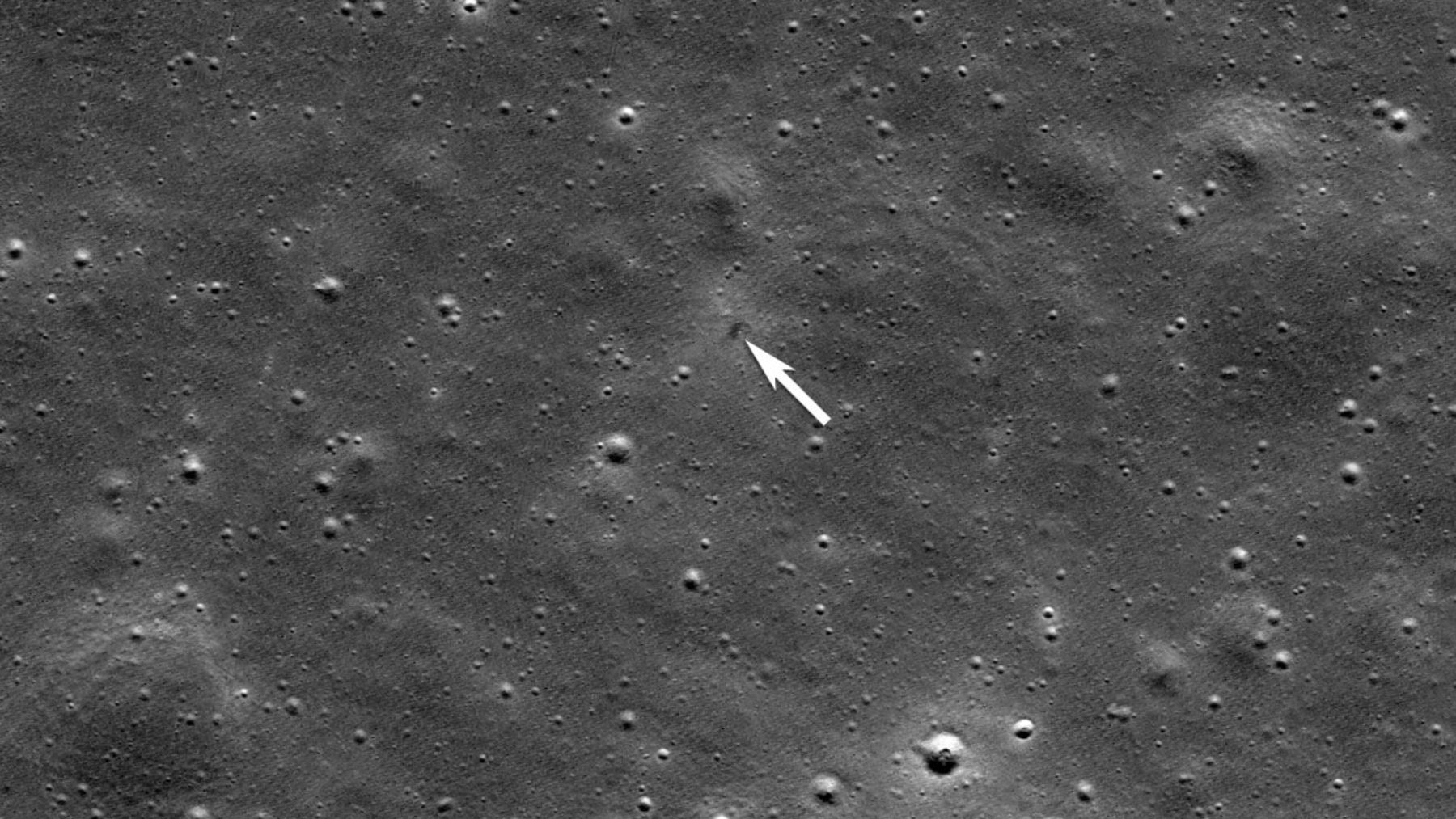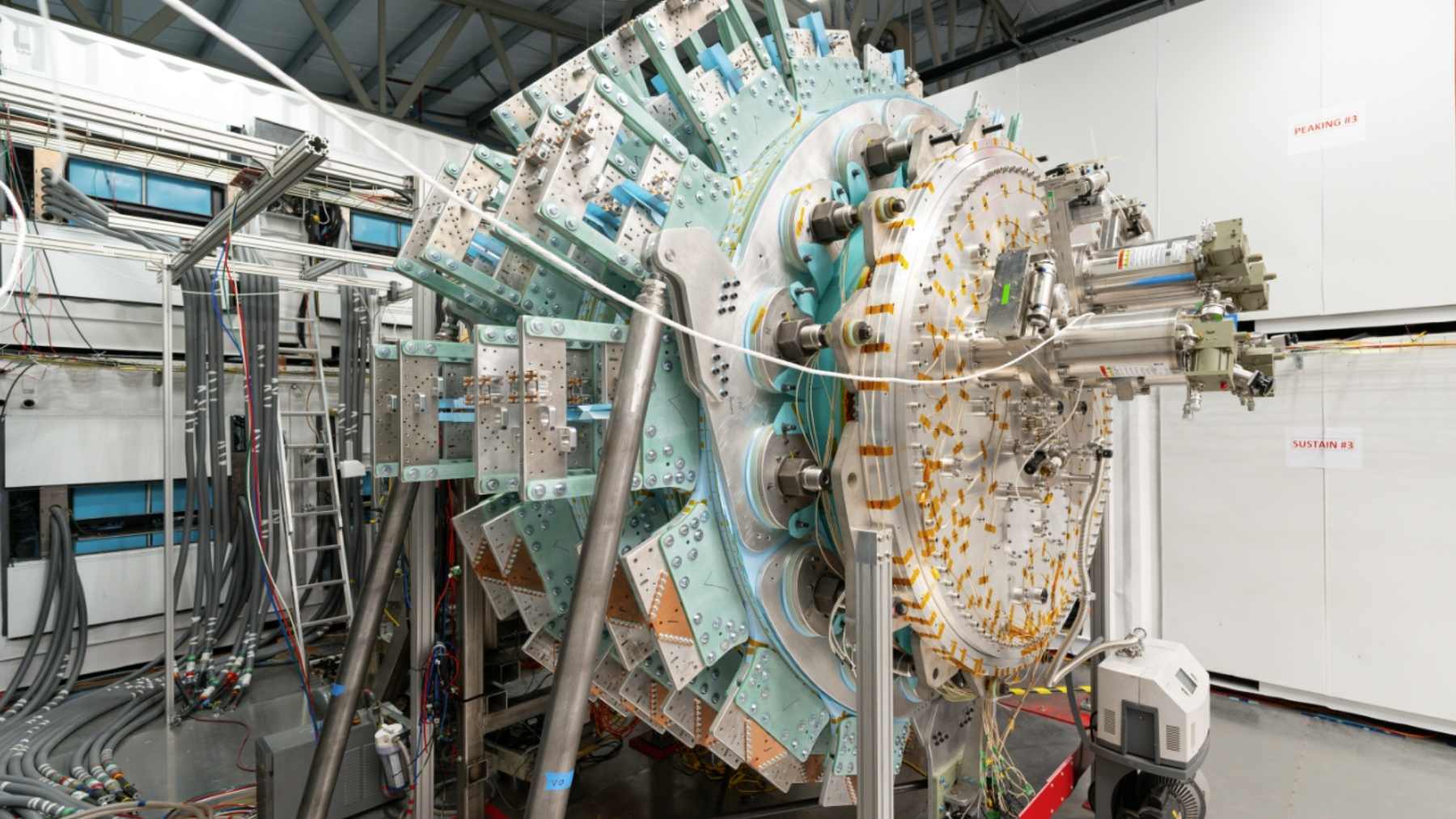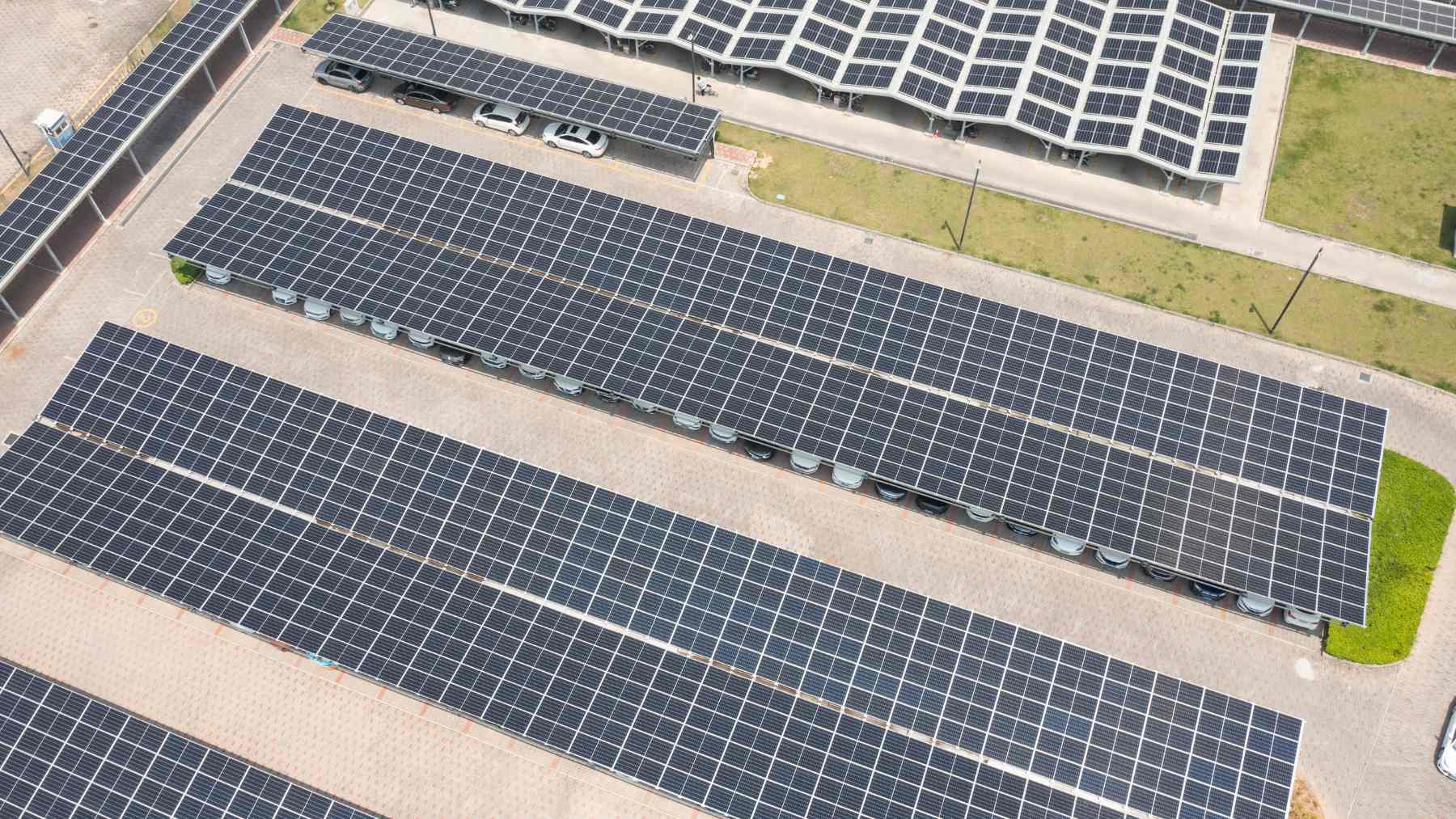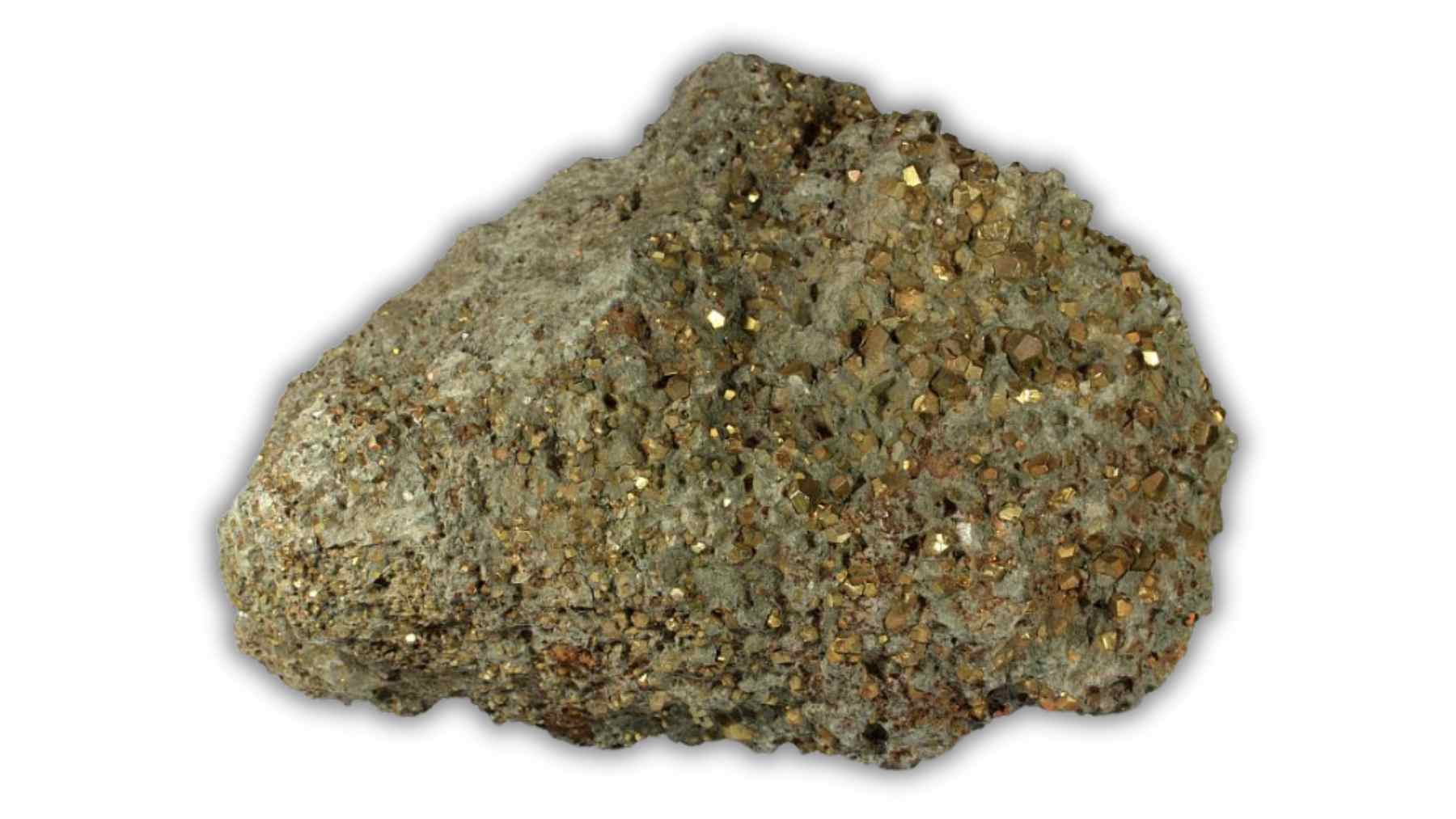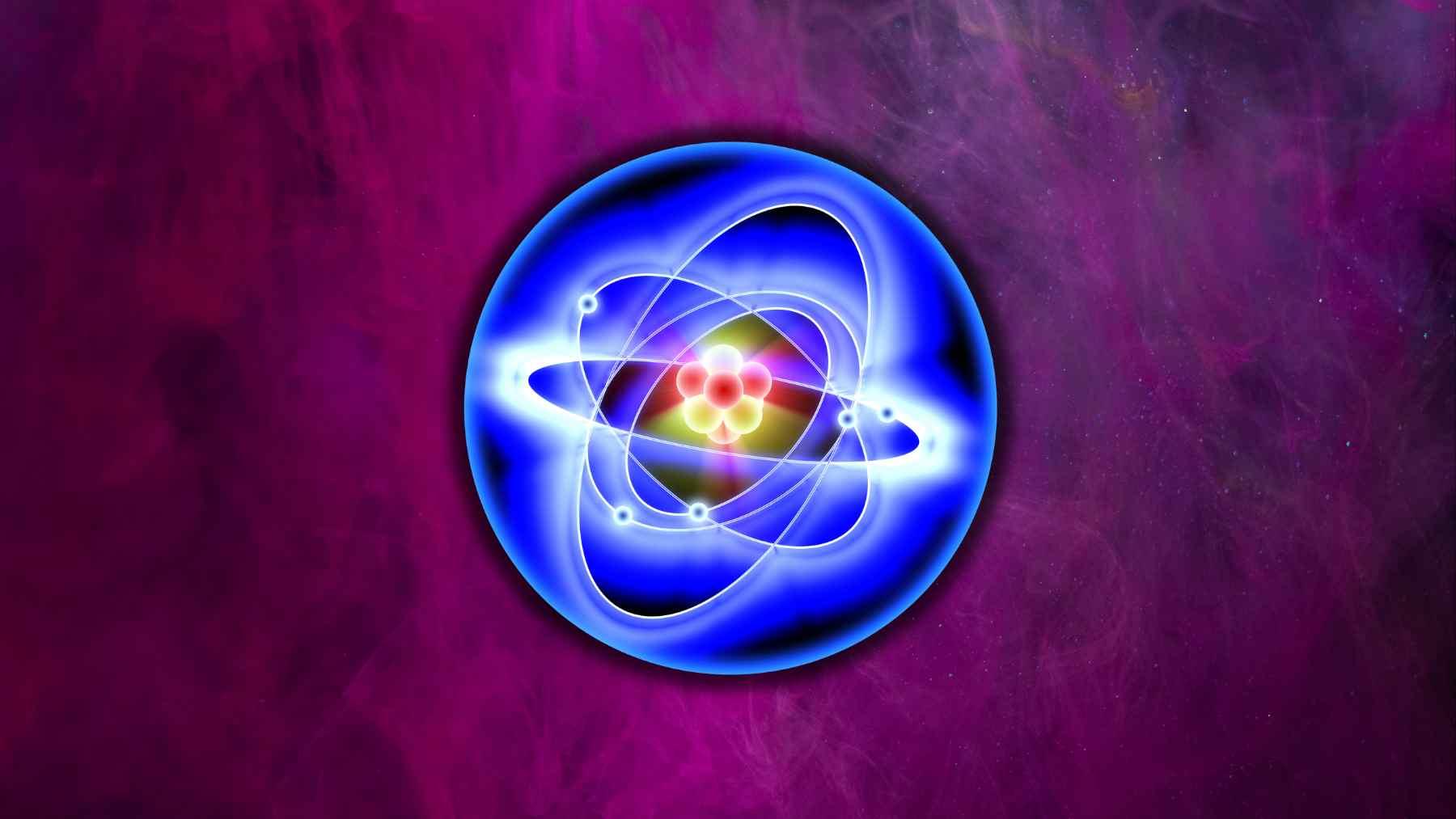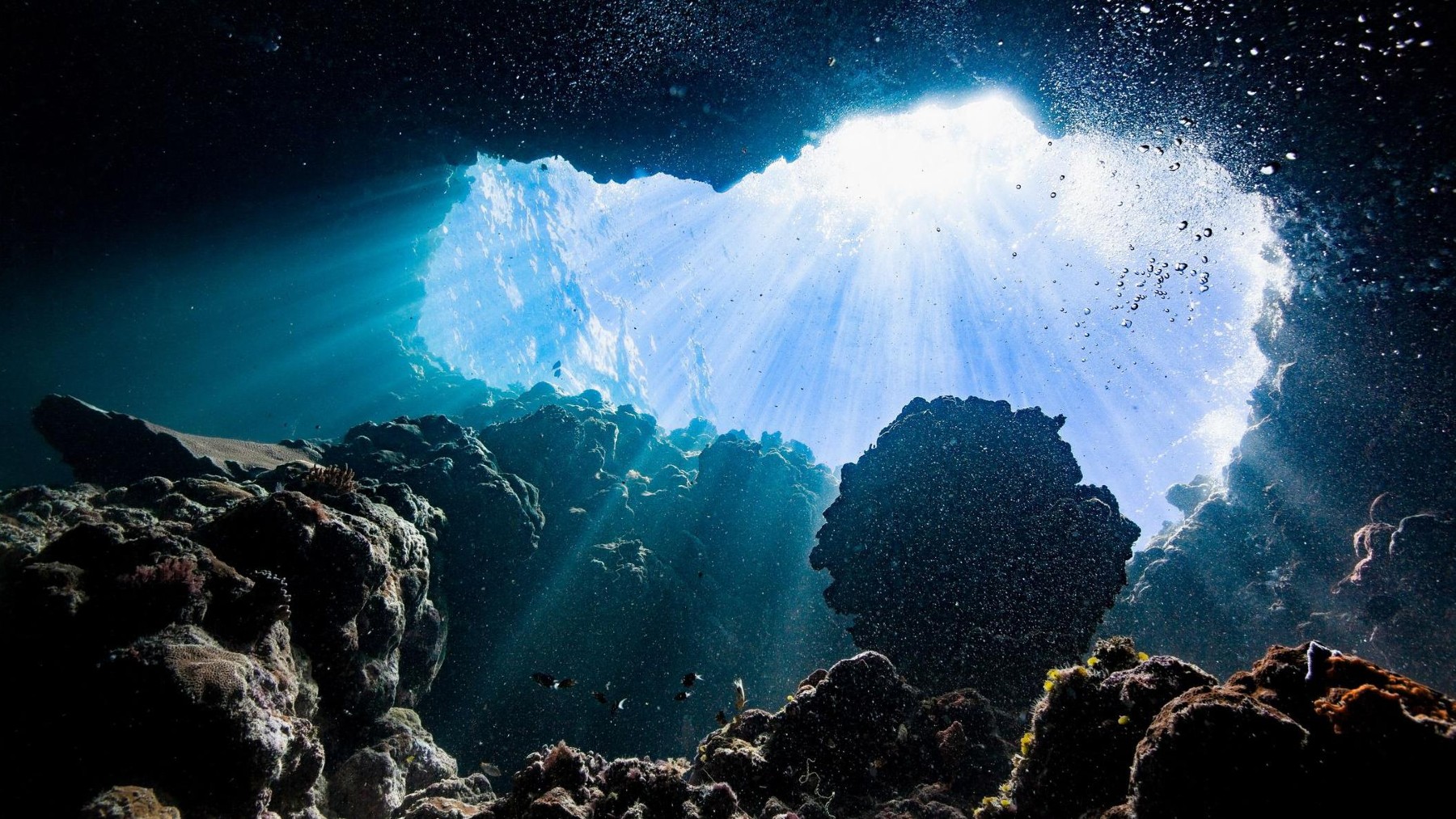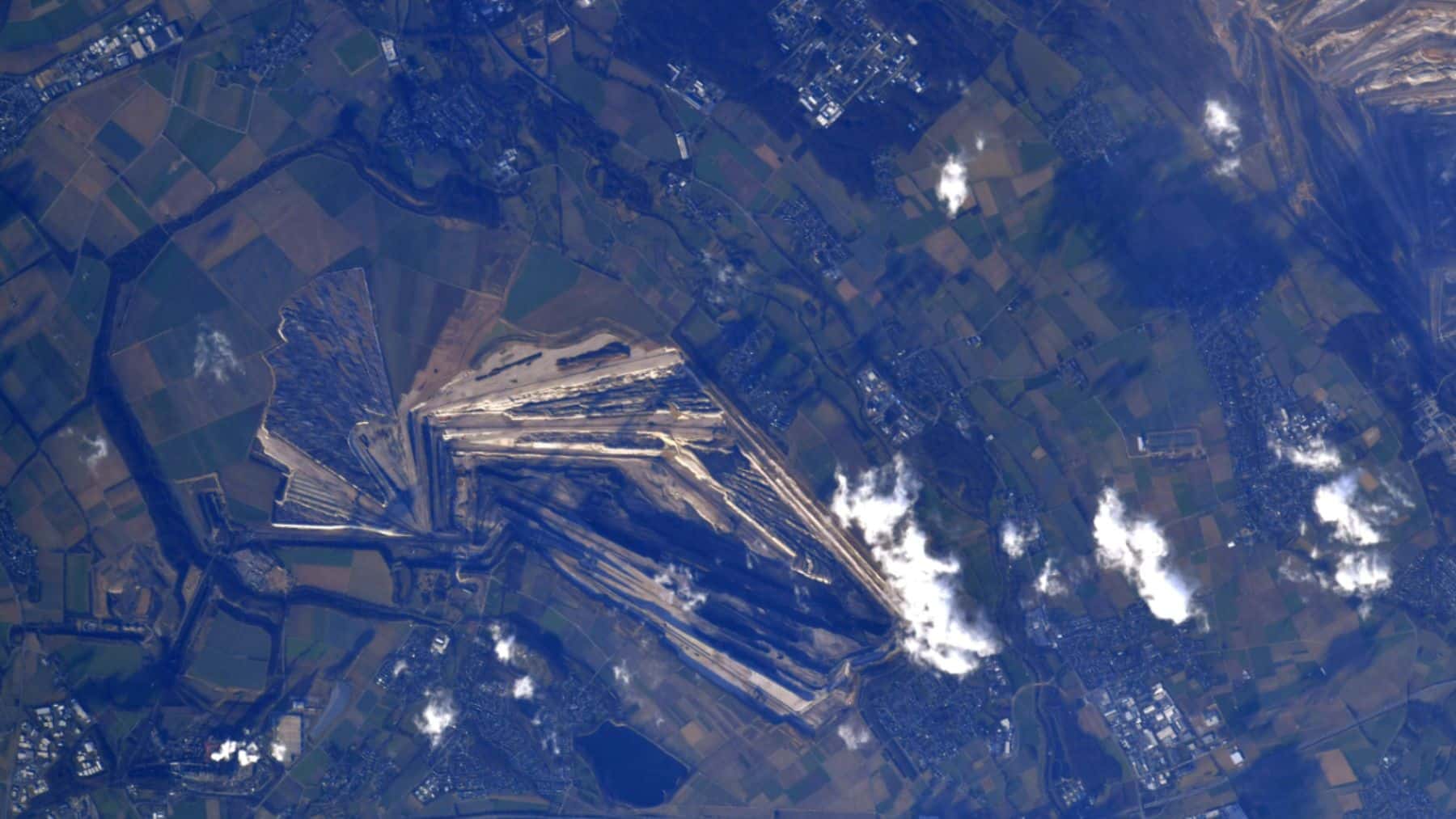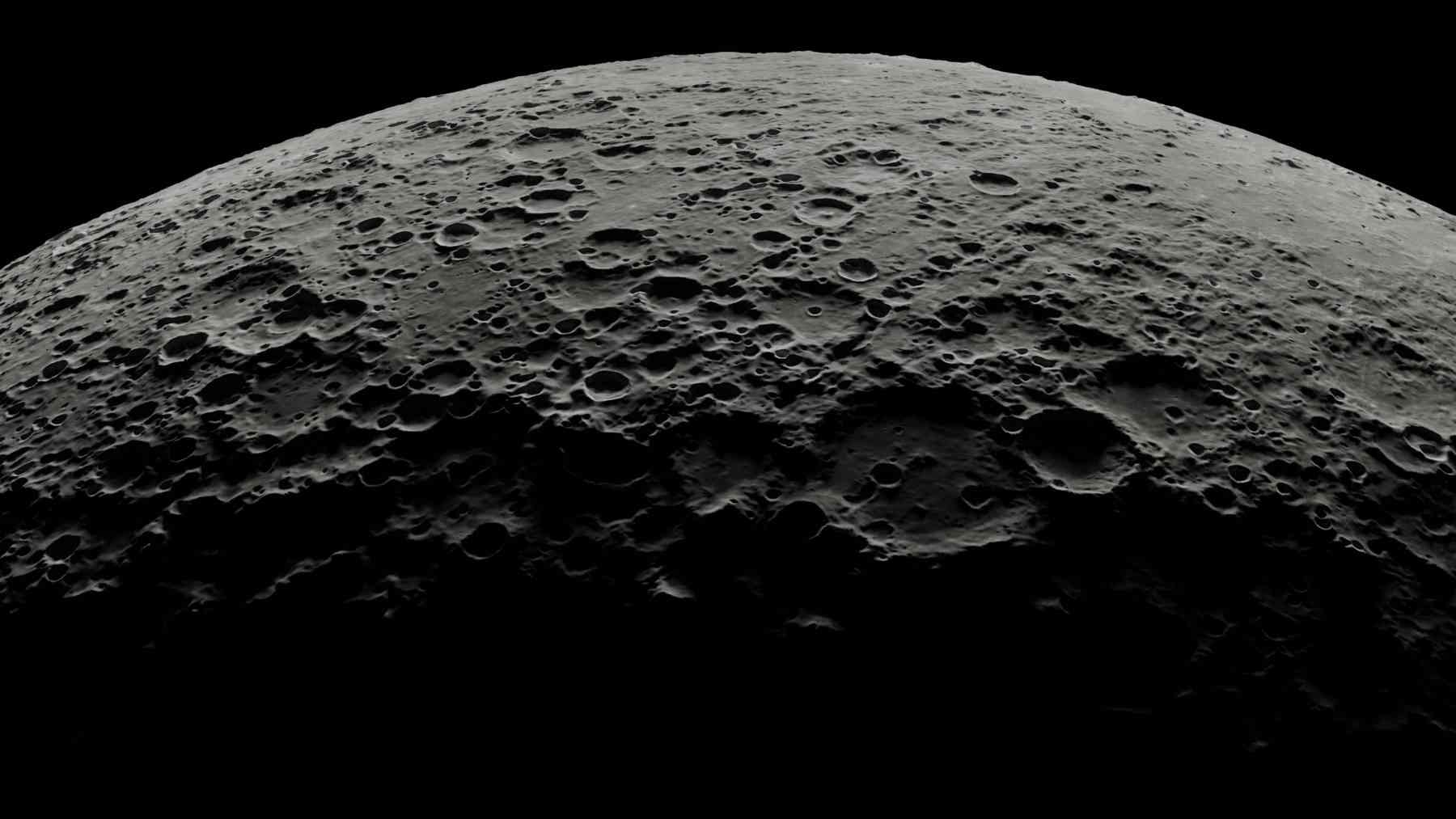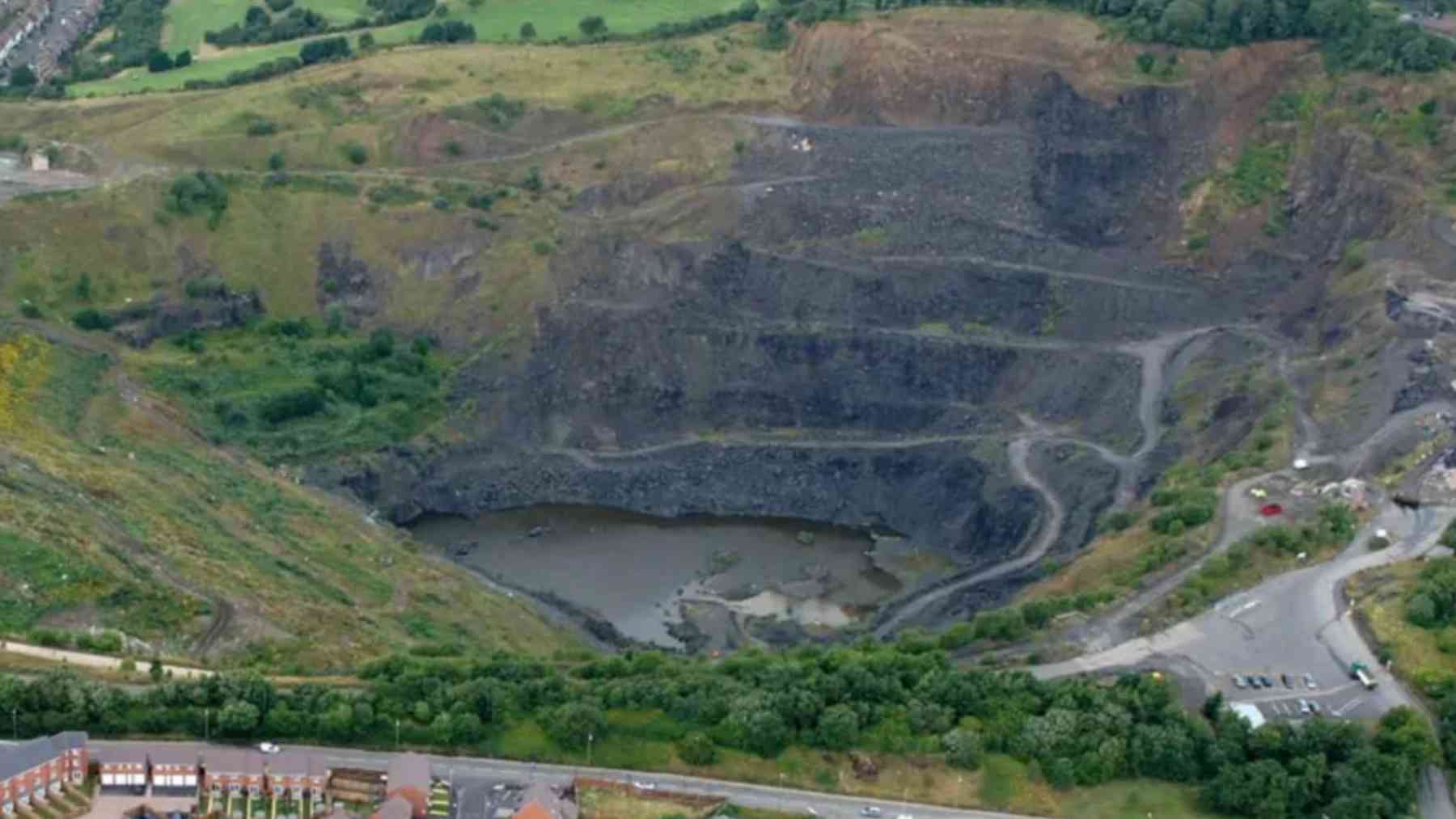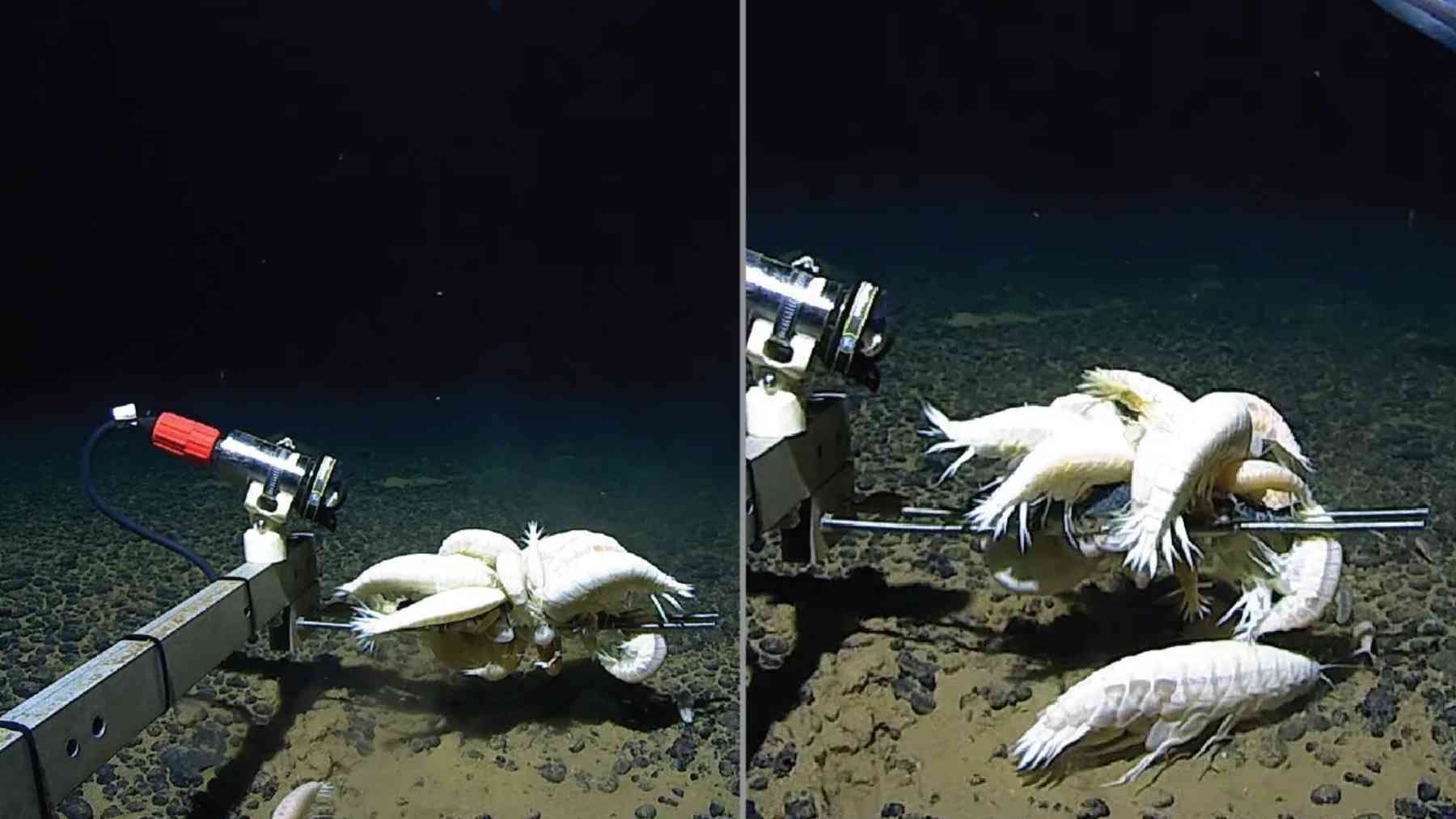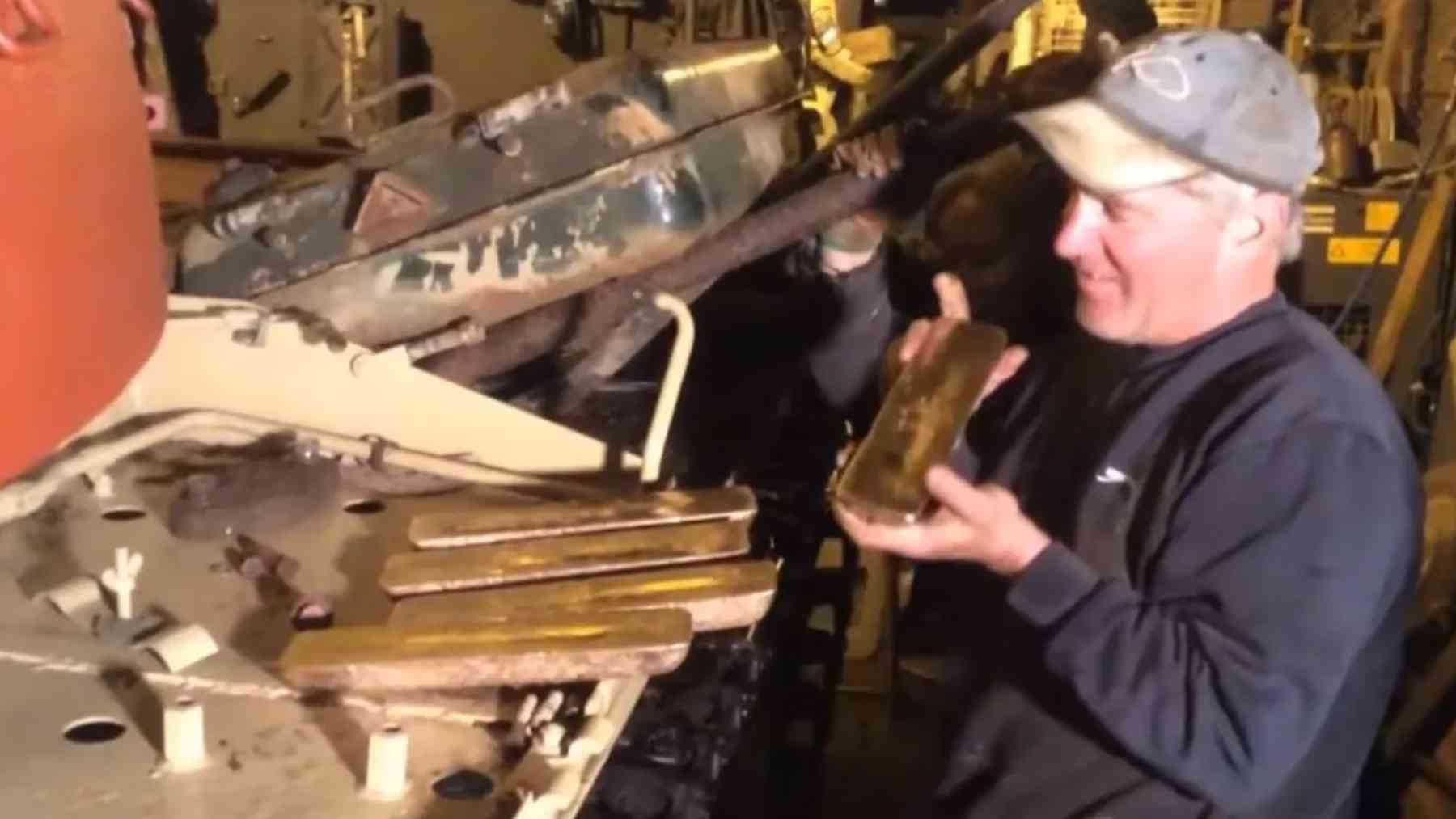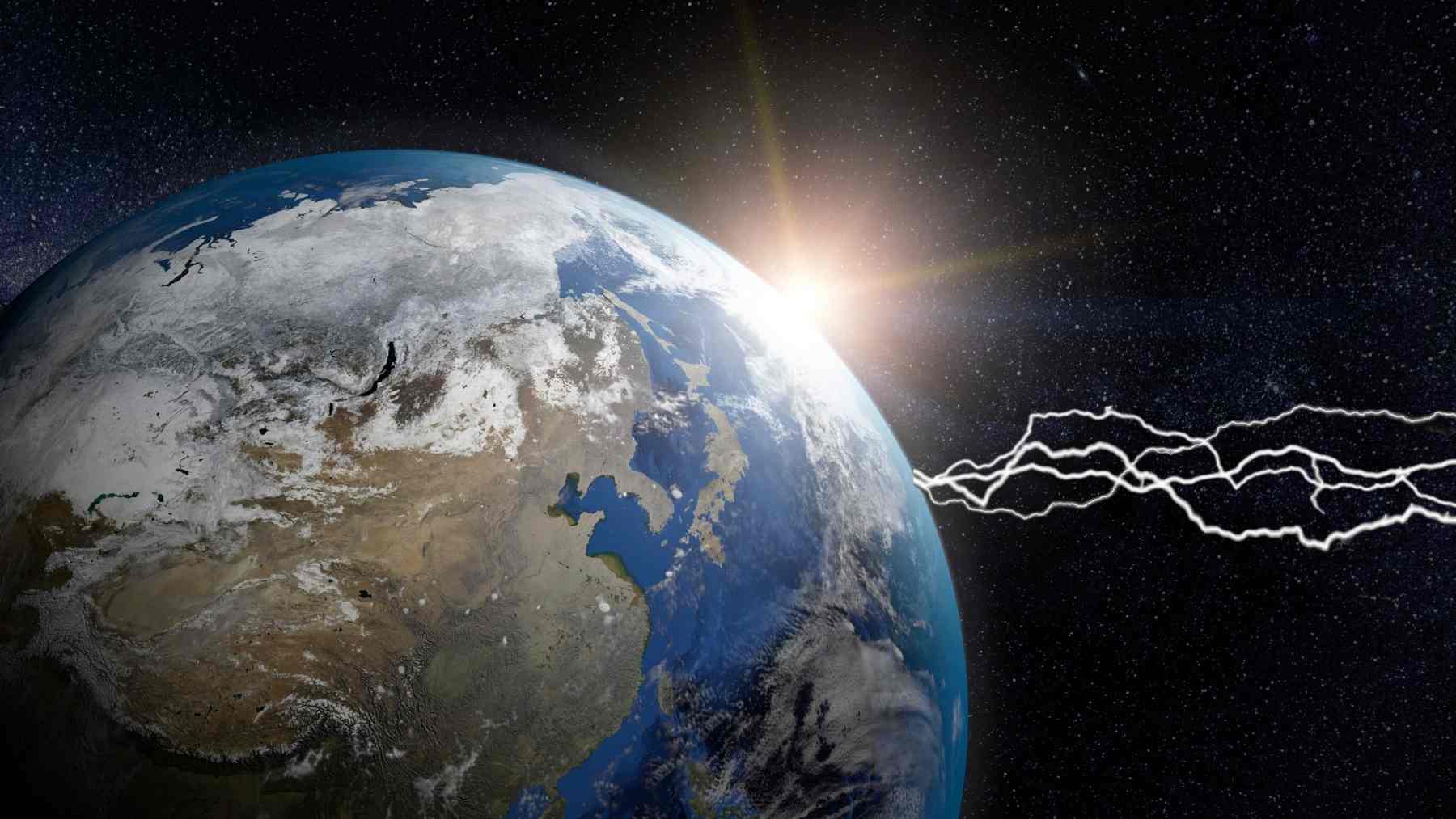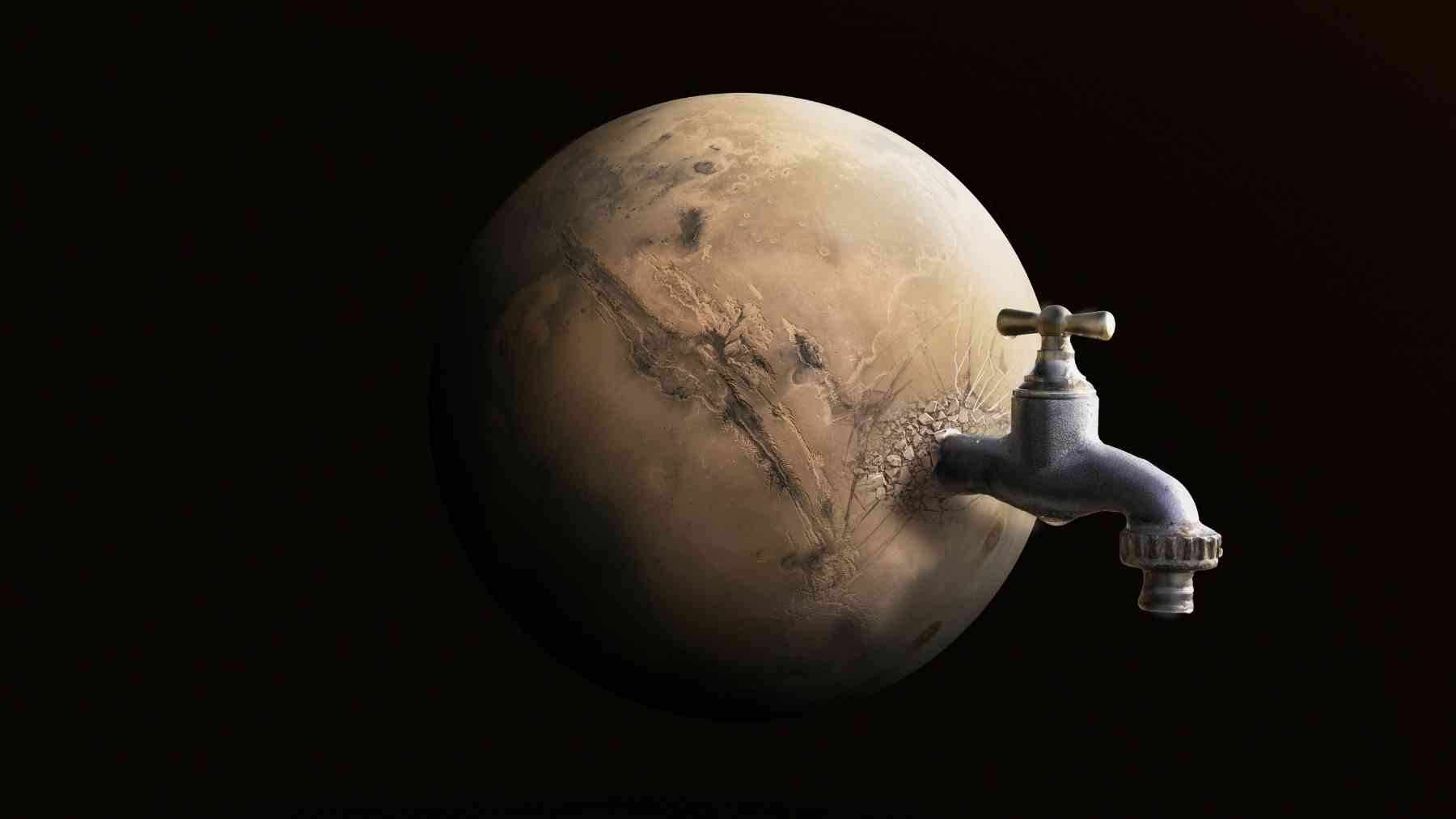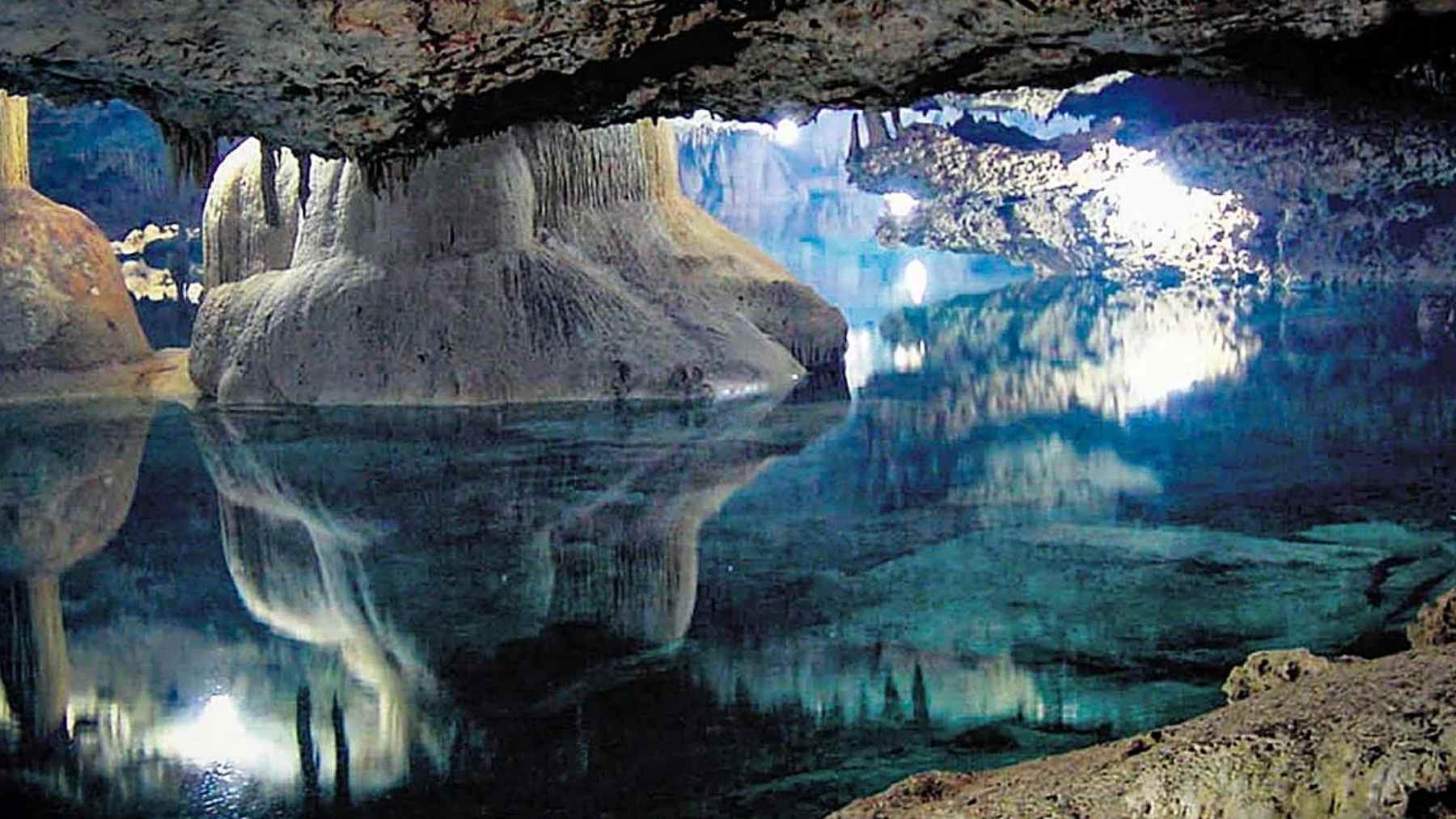For decades, talk of permanent bases on the Moon seemed more like science fiction than a real plan. But now, with the United States, China, and Russia vying for every square meter of the moon, the race has picked up speed again, and this time, the fight isn’t just to plant flags, but to secure energy… NASA already has a clear target: the Moon’s south pole.This is a location that, for engineers and scientists, is practically the “dream property” of space.
Why America bets on nuclear power to win the lunar race?
In the space agency’s plans, the rush isn’t just scientific, it’s strategic. The lunar south pole has become the “most expensive place” in the Solar System, so to speak, because it concentrates rare resources and privileged positions for communication and exploration. Sean Duffy himself, NASA’s acting administrator appointed by President Donald Trump, was blunt:
“There’s a certain part of the moon that everyone knows is the best. We have ice there. We have sunlight there. We wanna get there first and claim that for America.”
And this is where the American trump card comes in: installing a massive power plant, a compact nuclear reactor capable of generating at least 100 kW of energy. Is the equivalent of 70 or 80 houses on Earth, but for a lunar base, it’s enough power to keep vital systems, laboratories, and communications running 24/7.
How do nuclear reactors beat the Moon’s harsh heat challenge?
Speaking of how it works, we must emphasize that the physics is simple in theory but complex in practice. This is because, just like on Earth, the reactor uses uranium to create a controlled reaction that releases heat, which is converted into electricity. But while here we use water and air to cool the systems, on the Moon there is no atmosphere to dissipate the heat.
Therefore, engineers plan to install giant radiators capable of “throwing” heat directly into space. And, because the environment is more hostile, these reactors would operate at higher temperatures than those on Earth. The nuclear fuel would be shipped with low radioactivity, reducing the risk in the event of a launch accident (NASA has a plan, and nuclear energy could be available before 2030).
Activation will only occur after the reactor is in a “safe nuclear orbit,” that is, more than 1,000 km above Earth, and ready for descent to the lunar surface. And this caution is no exaggeration: just remember Kosmos 954, the Soviet satellite that, in 1978, reentered the atmosphere uncontrollably, spreading radioactive material across Canada.
Americas’s risks, politics, and the new space race
Even though the project is promising, it faces some risks and obstacles. It’s worth remembering that the risk of an accident on the lunar surface is low because there’s no wind or water to spread radiation. At the end of its useful life, another dilemma arises: bring the reactor back or leave it abandoned on the Moon? If it does, the reentry must be flawless to avoid a disaster.
On the other hand, it’s important to emphasize that the American plan isn’t just technical; it’s geopolitical. The White House fears that China or Russia will install their plants and create safety zones under the Artemis Accords, which could limit other countries’ operations. The cost isn’t low: an estimated $3 billion is expected to be spent developing the system over 5 years. All this amid NASA budget cuts and delays to the Artemis program, which aims to land astronauts on the Moon by 2027 but is already experiencing delays. It’s worth remembering that NASA also found another energy source of the future on the Moon, there are more than 3 million tons.
